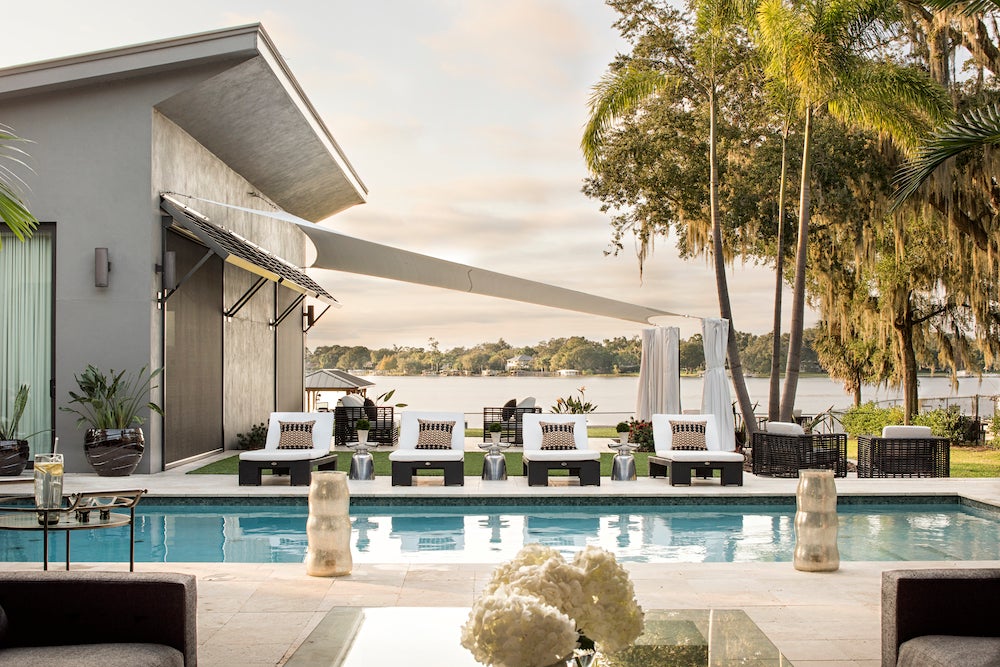Once you’re in the door, there’s plenty of advice floating around about style, project management, budget and all the rest—but how do you actually get the job in the first place? We’re asking designers to peel back the curtain and walk us through how they landed a project, step-by-step. This week, Los Angeles and Orlando-based John McClain reveals how he scored a literal rock star client.
Give me the backstory on this project. How did you meet the client?
He’s a drummer for several bands, really well-traveled, and in L.A. all the time. He found me in the strangest way: because of red salt and pepper shakers in the kitchen of a project we did. He came across the image on Facebook; we had red knobs on the range, and I simply coordinated them. It was such a simple thing—and I'll be honest with you, I did it the day before the photo shoot, so it wasn't like this was a well-planned out scene!
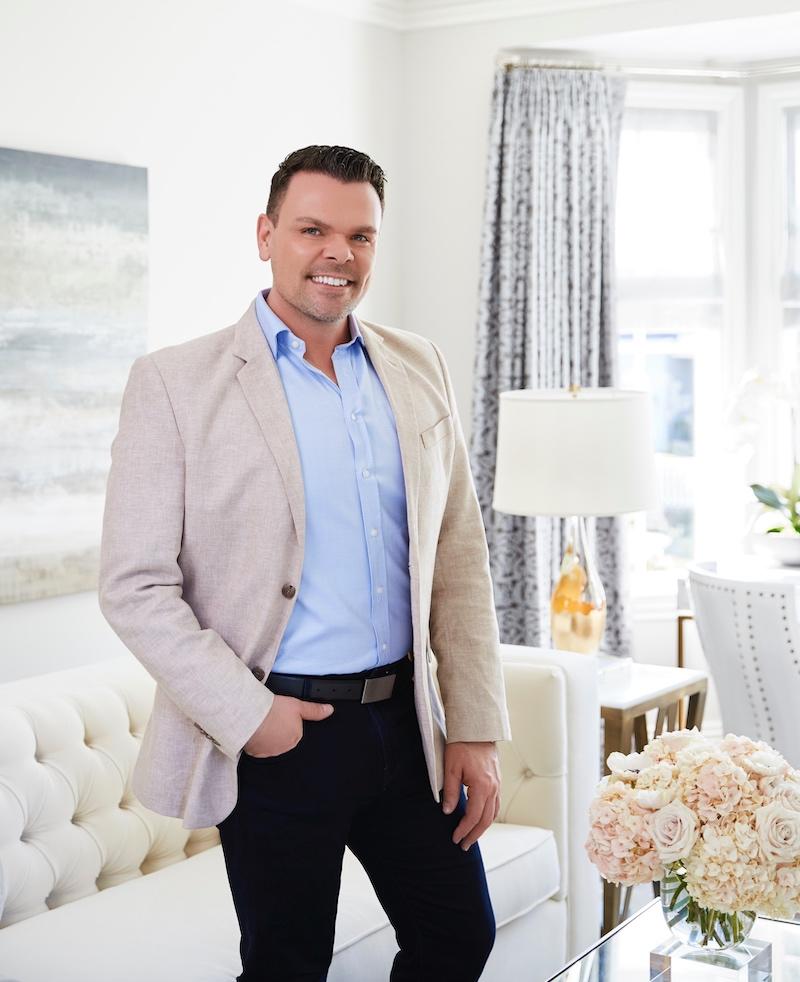
Love it. So did he hire you right away?
I was the third designer he called for an interview. The other two were huge designers in my area, and I was not at the time. He wanted a personality match as much as he wanted a talented design team to meet his goal: a sexy bachelor pad that expressed his fun personality. I wanted the project pretty badly because it was the first contemporary home I would have for my portfolio. I also knew he would be a fun character to work with when he asked me to incorporate his 8-foot (faux) polar bear into the design.
What was the initial meeting like?
Pretty lengthy. He asked me lots of funny questions, like “What's your favorite cocktail? Where do you go on the weekend? What do you consider ‘fun’? Do you visit L.A.?” He liked the fact that I had a track record of working in L.A. To him, I think it lended a very edgy feel to what he wasn't finding in that Central Florida area. But at the end of the conversation he said, “Okay. Here's the real reason I called you: I saw on Facebook an image that you did. And I was so enamored by the red salt and pepper shakers because I thought, ‘If anyone spends the time to take the detail down to that level on a project, then that's the person I want to talk to about doing my house.’"
Did you know about the better-known competitors before you went in for an interview?
I had no idea. I went in and then he let me know that he had interviewed two others and told me who they were. I'm sure sweat was pouring out of every pore of my body when I heard the names. But I was like, “Yeah, sure, they’re fine. They're okay.” No big deal. But you know, in all honesty, I am very confident in what I do and in my design. So it didn't really affect me too much. It was almost an honor that he found me because of my image versus any sort of reputation that I did or didn't have.
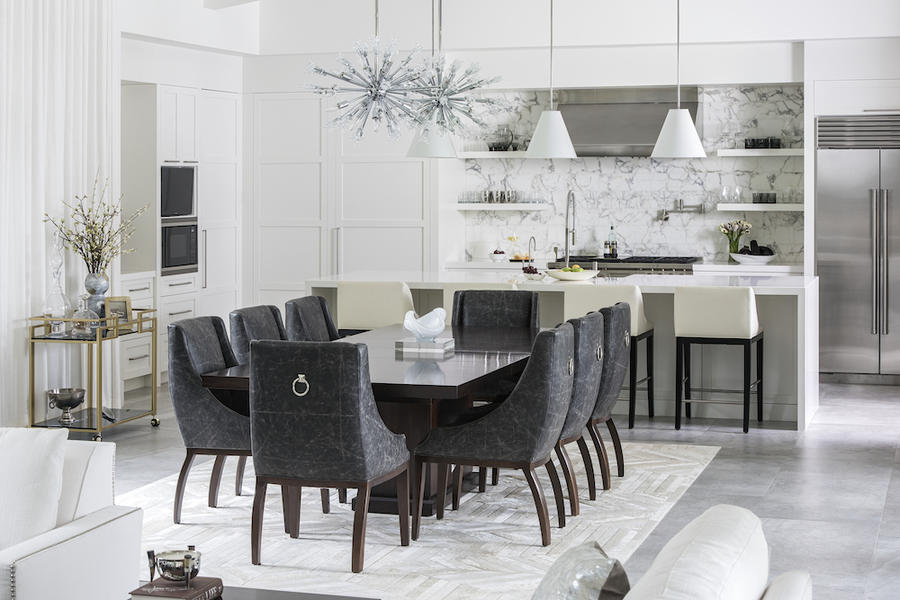
How did you ‘click’?
I think that he and I both were attracted to each other’s personality because he likes to have fun. He likes to push the boundaries and do things out of the box. I mean, when you walk into a client’s home and the first thing they show you is their eight foot polar bear, you think: “Okay, this guy’s going to be a lot of fun.” He wanted a great place to live and entertain. He's a single guy, and wanted a place, frankly, to impress friends and dates.
What were some of the ways you clicked design-wise?
I loved that he allowed me to bring things to him that a lot of people don’t, because they’re too timid or afraid to go past what they see on Pinterest. When I said, “Hey, let’s do a custom pair of black dark angel wings for your pool house,” he didn’t flinch. He was like, “Oh, my God. Okay. Perfect. Let’s do it.” What I saw in him was this openness and readiness to really do something different.
Was there any point where he was too quirky, where you kind of had to rein him in?
There are times when you have to rein clients in. For instance, the artwork over his bed is a photograph of a nude woman emerging from a pool—but it’s a very high-end photograph from a very popular photographer. I said, “Okay, let’s do this in a tasteful way that gets you the sexy vibe you’re looking for through a piece of art that’s going to grow in value over time.”
With a firm I worked for in Los Angeles, they had a lot of bachelors as clients and they did a lot of sexy bachelor pads. That sort of became my vibe, and I still love it to this day. I love design that’s dark and moody and sexy. Provocative design is really intriguing to me, and it’s kind of my wheelhouse—even though I’m a gay married man!

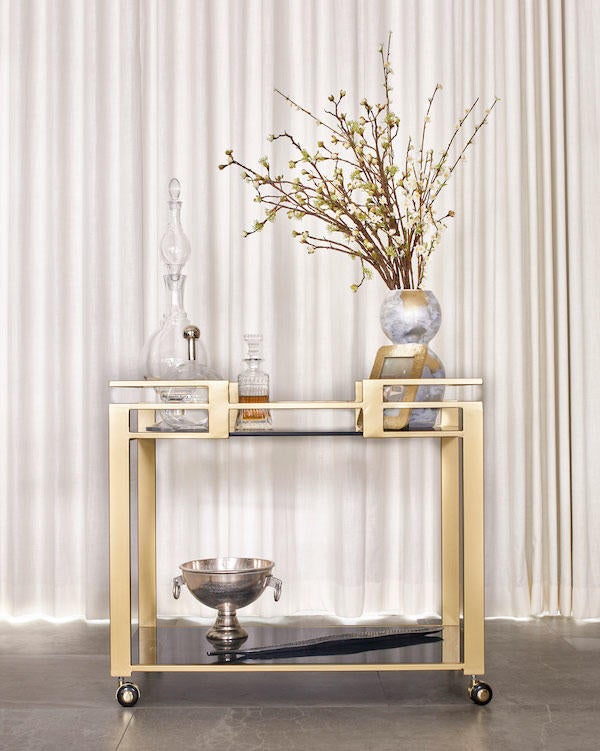
How do you typically pitch clients?
The first thing I have to do is have synergy with the client. I don’t care what the budget is, I don’t care where the product is located. I tell them this up front, before we even meet at the consultation, that there are no guarantees that this is going to work out. There are no hard feelings one way or the other. But we’re going to be essentially married in this project until the end of it, whether it’s six months or a two-year project. I’m picking up your underwear off the floor, probably, before the people come over to paint! We’re in this together, guys. I can always tell from the first meeting whether or not that synergy will happen, and they can too.
What do you wear to these initial meetings?
I’m myself. If it’s a really formal house in Beverly Hills and I feel like it’s going to be with the husband and wife and the whole team, I will dress up a little bit more—say, dark jeans and a white shirt and leather jacket.
What you’re wearing should evoke feelings of how our designs are. I like to juxtapose a lot of different materials and elements in my design, so I do that also with my clothing, and I don’t ever go too formal. I don’t do any sort of matchy-matchy design with my clothing.
People do look at these things, and image is important. You have to think about that when you’re meeting someone for the first time. When it gets to the end, and you’re in there sweating and showing where to hang artwork, it’s a different story, because they trust you at that point.
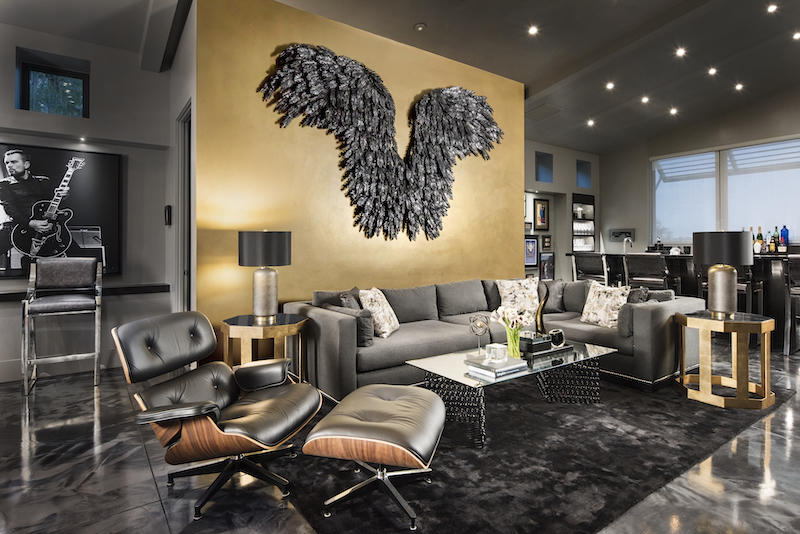
What do you bring with you?
I bring some past projects on my iPad, and try to select images that will intrigue them and evoke a feeling. If it’s an existing home, I’ll do a little research on the style, and if I can learn a little bit more about the client, I will. They do a preliminary questionnaire before a consultation, so I do have a decent amount of information prior to going in.
Speaking of ... How much research did you do before that first meeting? Do you ever check clients out in advance on Insta?
I do a simple Google search, and LinkedIn is really big now. Design is a small circle, so you might not know the client, but possibly you know the contractor or builder or architect who created the home.
How do you follow up with clients after that first meeting?
I recap what we talked about—a scope of work on the project. I don’t go into specifics, because I don’t want to give too much away, but I do give them enough to tease and interest them in moving forward.
I’ll toss that email out with a couple of highlights of what I would like to see in the room or house. About a week later, after they’ve had time for everything to soak in, I’ll set up a call to review the email and answer any questions that they have. So far, that seems to work well.
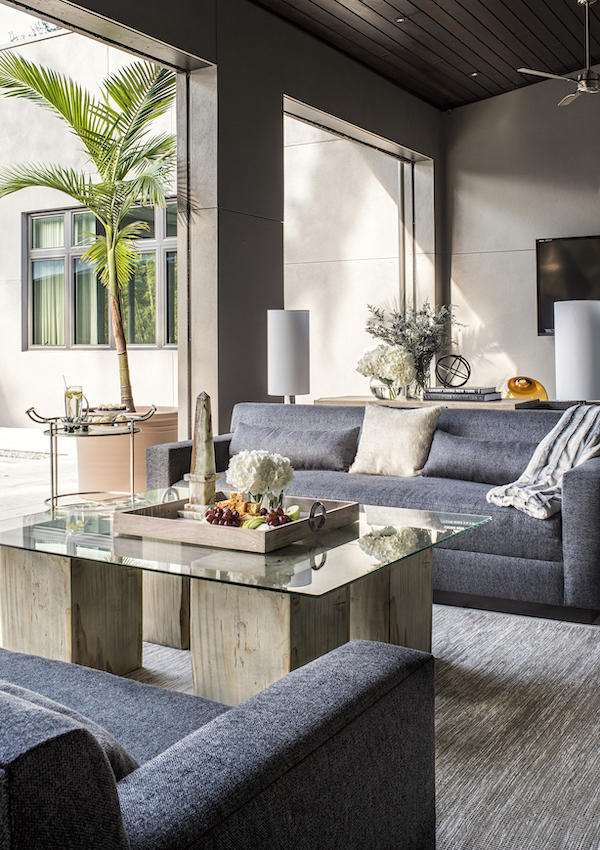
Tell me how you approach pricing, and how you explain it.
A lot of people are afraid to talk about how they charge. At this point, I’m still doing an hourly rate. I feel it’s the most fair way to charge a client, for me and for them. If they’re wishy-washy on making decisions, they’re getting invoiced for it. We have a project management system, Mydoma, where if one of my employees or I log in, it counts every single second that they are working on the project, like an attorney.
Are clients ever surprised by how the hours add up?
Weekly, I’ll send out an update: “Here’s what we accomplished. Here’s how many hours we spent on your project. Here’s the to-do list for you for next week, and here’s what we’re going to be working on for the following week.” So not only do I send out a monthly invoice, I also send along an itemized list of what we did and how long it took, down to the minute. I do it incrementally so that they’re not shocked at the end of the month.
Do you begin a project by estimating a range of what it might cost?
I do. In the beginning I say, “Based on our past experience and your scope of work, I think this project will require 100 to 120 hours of design time.” So they know essentially what they’re going to be spending.
Transparency is vital to my firm, my clients and myself. I tell my employees: “A client should never call us with a question about where we are in the process, because that means that we’re not doing our job of keeping them informed.”
If a client calls me with a question, I don’t want to have a moment of panic before I answer the phone, thinking, “Oh, my gosh, what’s happened?” I always want to be proactive, whether financially or with project details. I don’t hide anything, because I want to lay my head on my pillow at night and sleep well. I don’t ever want to have to worry. Life’s too short!
Related reading: How I got this project: Revamping a Dallas design studio (Jean Liu)
















